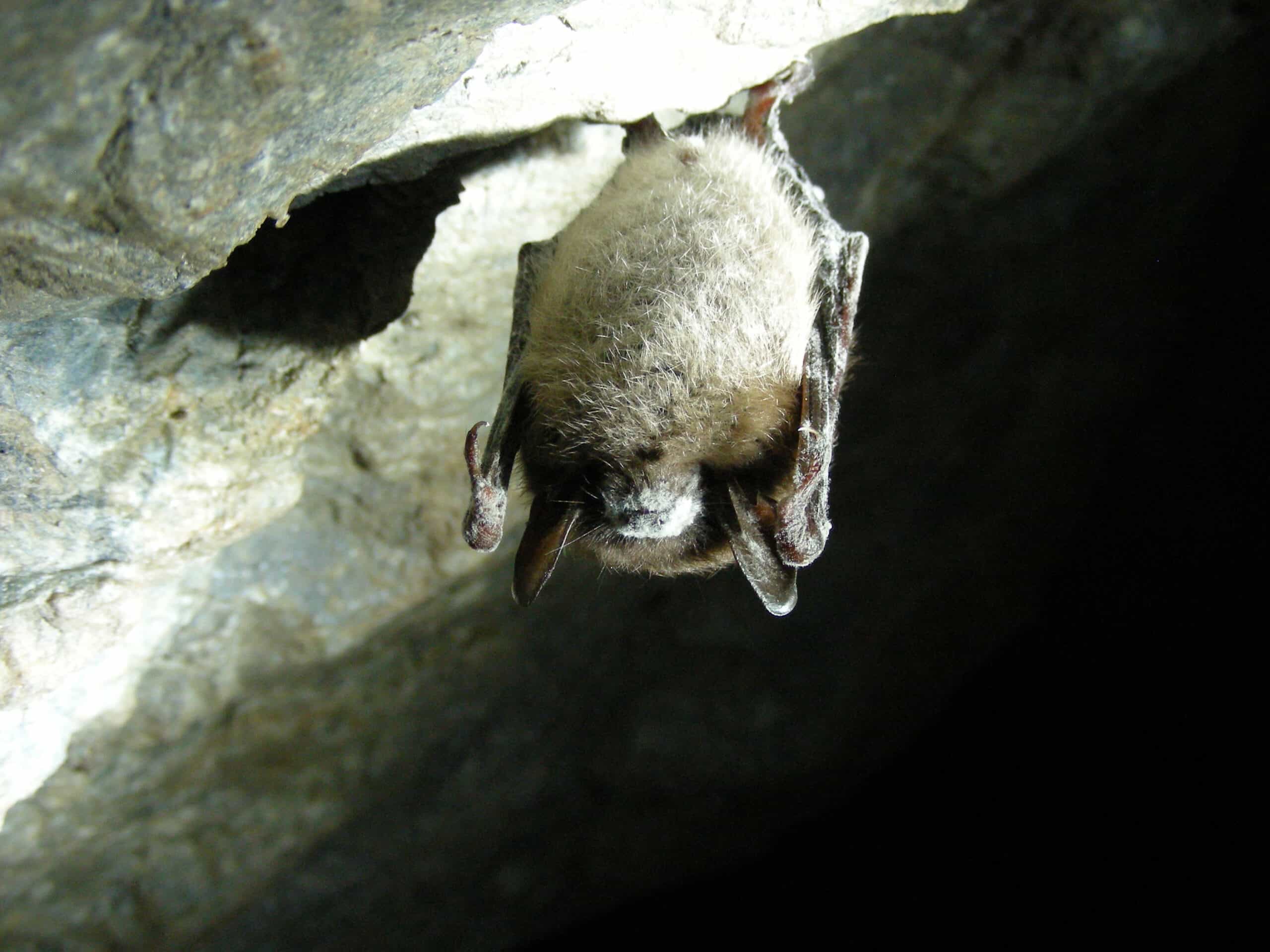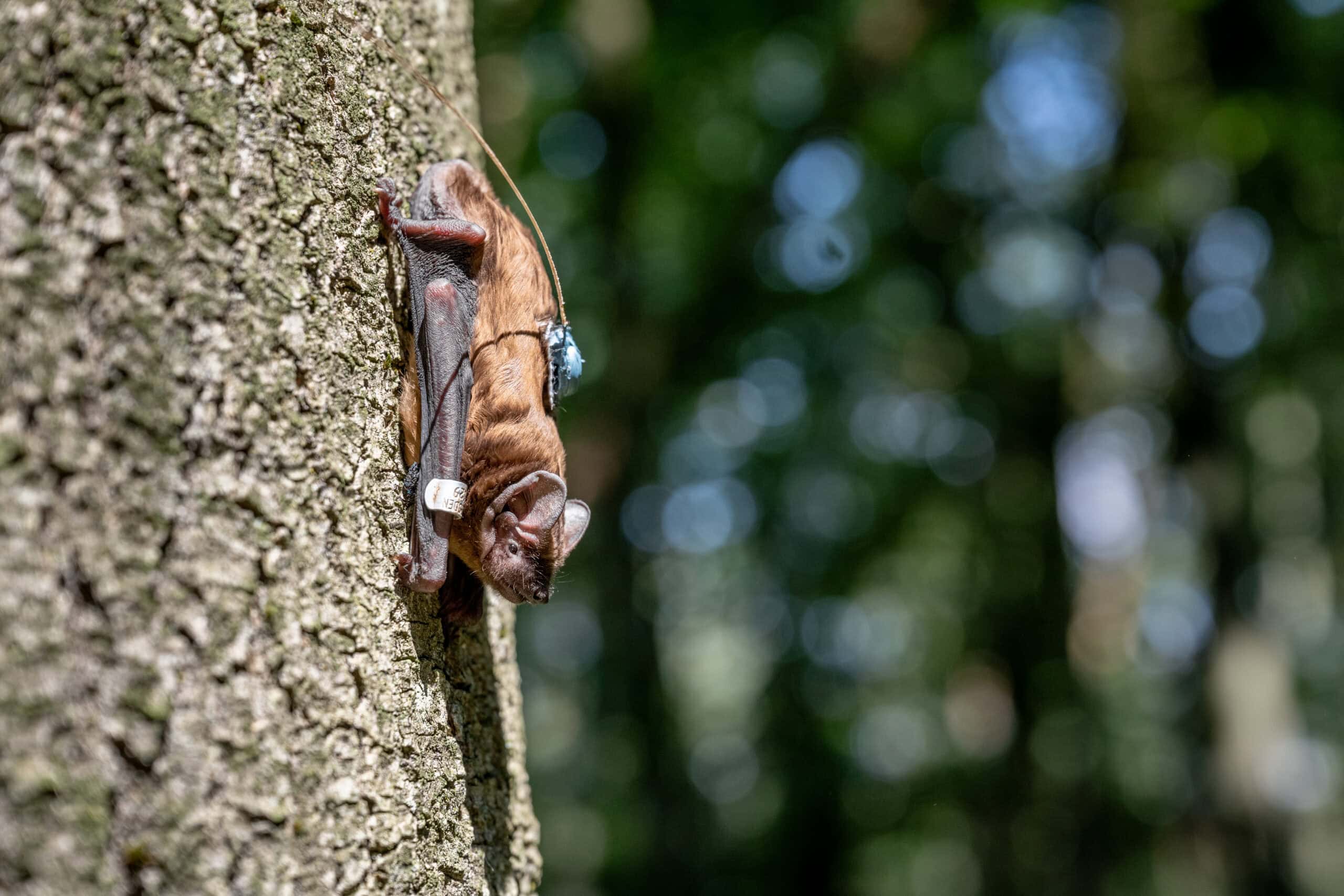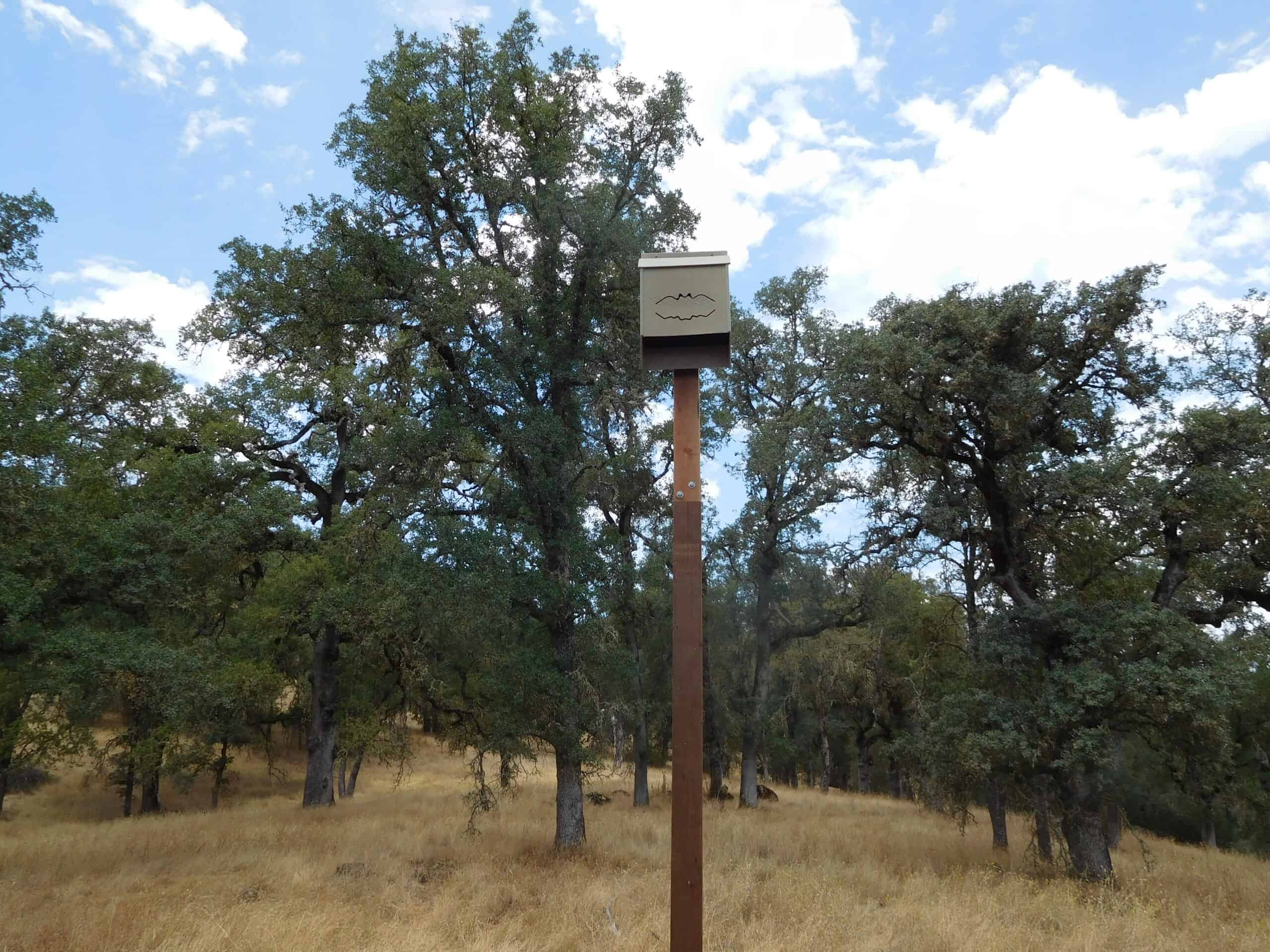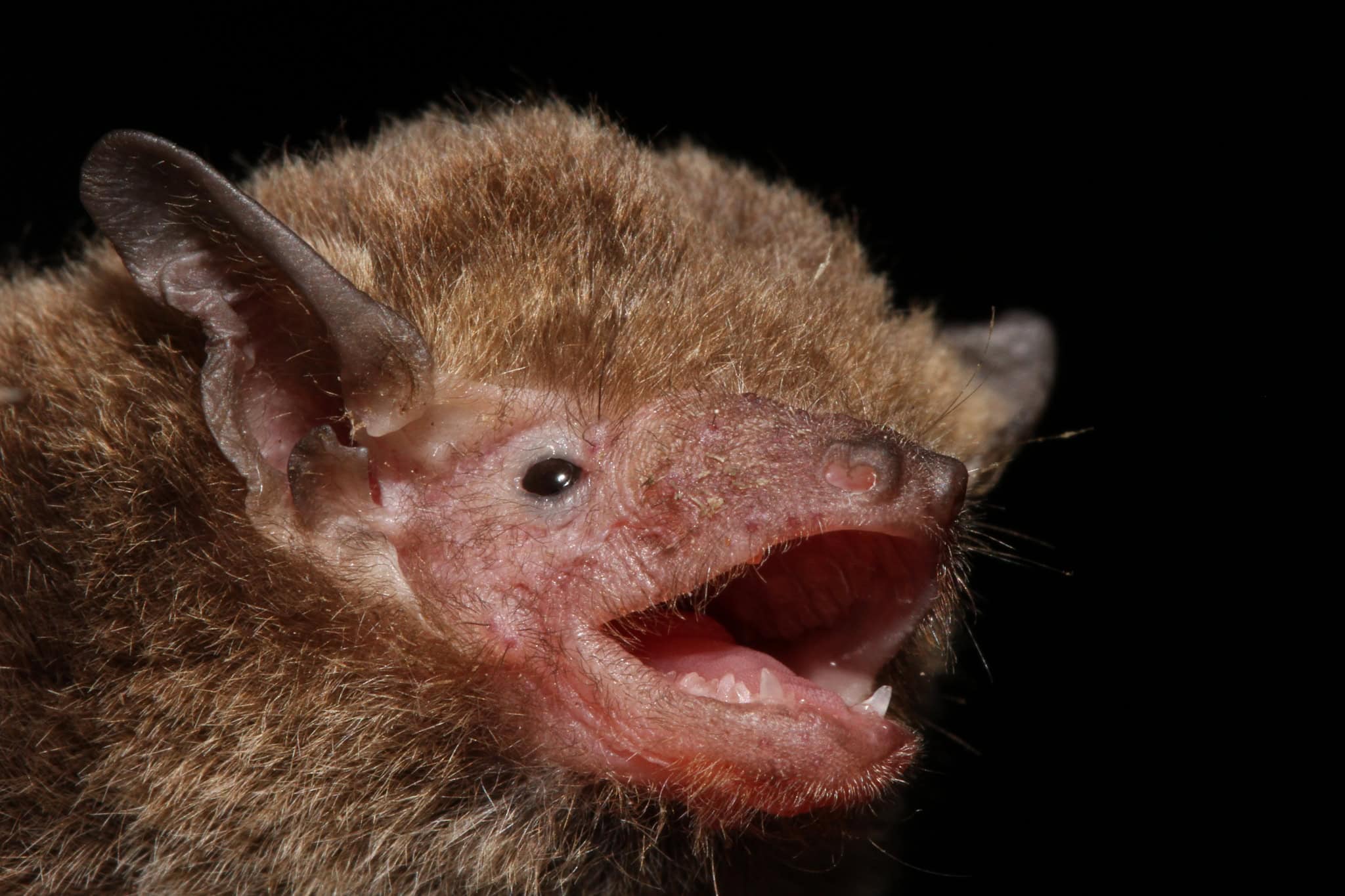Share this article
Report: Nearly half of North American bat species face steep declines
The State of the Bats in North America report documents threats facing bats across the continent
Nearly half of the known bat species in North America are at risk of severe population decline in the next 15 years, according to a new report.
The North American Bat Conservation Alliance published the first ever State of the Bats in North America report on Wednesday. The report found that bats in North America are particularly threatened by climate change, habitat loss and white-nose syndrome, which has killed millions of hibernating bats in the United States and Canada.
Scientists concluded that 47% of the 154 known bat species are at risk of impending population declines. State Fish and Wildlife Agencies have designated nearly 100 different kinds of bats as species in greatest conservation need.
The report was produced by the North American Bat Conservation Alliance, representing a consortium of government agencies in Canada, the United States, and Mexico as well as private organizations committed to bat conservation. Contributors include scientists from Bat Conservation International, the North American Bat Monitoring Program, the White-nose Syndrome Response Team, the U.S. Fish and Wildlife Service, the Canadian Wildlife Service and the National Autonomous University of Mexico.
Header Image: The State of the Bats in North America report lists the little brown bat (Myotis lucifugus) as imperiled in the United States, due largely to the spread of white-nose syndrome, which is visible on this bat in Vermont. Credit: U.S. Fish and Wildlife Service








